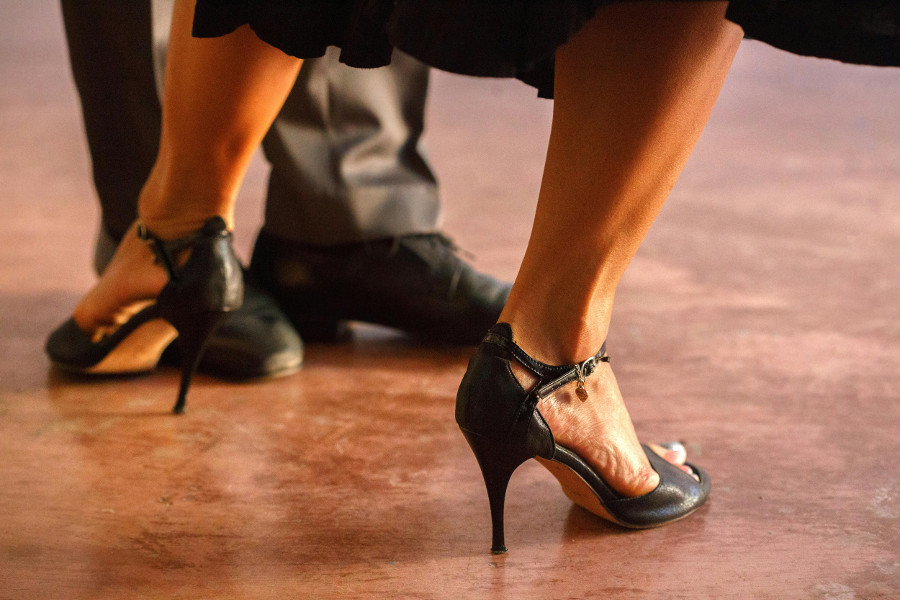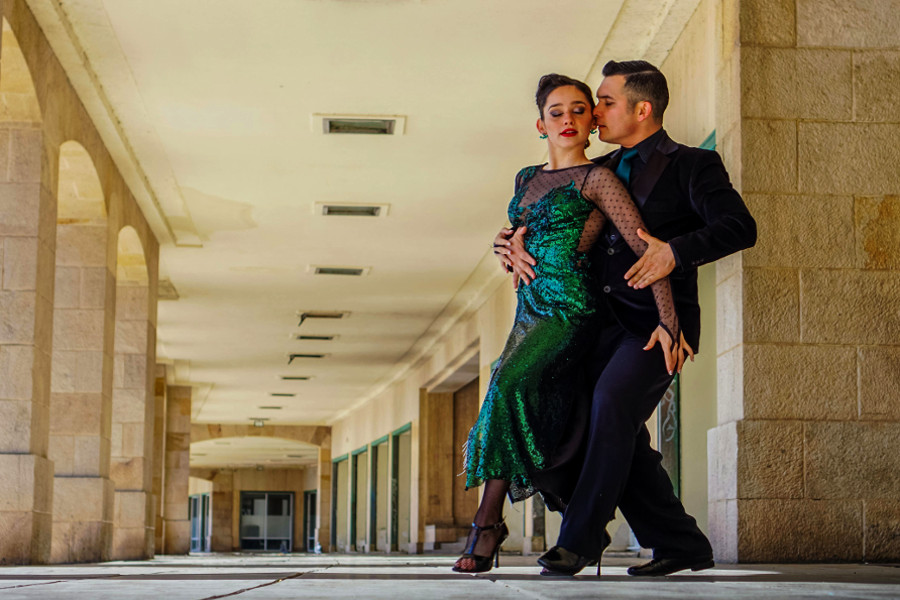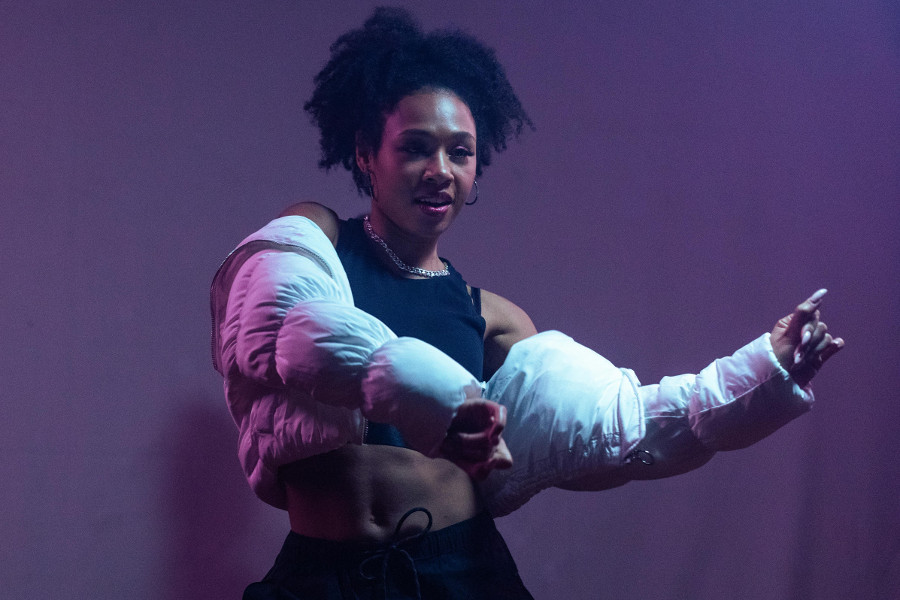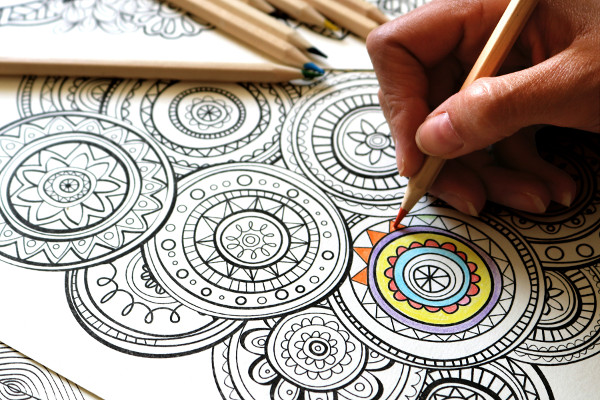How to Find the Right Dance Class for Me and What to Expect as a Beginner?
Joining a dance class can be a fun and inspiring way to move your body, lift your mood, and connect with others. Whether you’re looking to improve your fitness, explore a new hobby, or simply try something different, dance offers something for everyone. If you’ve ever felt unsure about where to start or what to expect, you’re not alone. These 15 questions and answers will help guide you through the basics and show you why dancing might be exactly what you need.

1. How do I find out what type of dance style is right for me?
Choosing the right dance style starts with tuning into what moves you – literally and figuratively. Think about the kind of music that lifts your spirits, the energy you want to express, and how your body likes to move. Trying out different styles through videos or beginner workshops gives you a taste of what feels natural. Whether you lean toward structured steps or free-flowing rhythms, testing the waters with trial classes helps you discover what sticks. Talking to an experienced dance instructor can also shed light on what suits your fitness level and goals. At the end of the day, the best style is one that excites you enough to keep stepping on the floor.
2. What are the physical and mental health benefits of joining a dance class?
Dance is a remarkable blend of exercise and expression that nourishes both body and mind. Physically, it enhances your heart health, builds strength, improves flexibility, and sharpens coordination – all while tuning your body awareness. Mentally, dance acts as a natural stress reliever, flooding your system with mood-boosting endorphins and lifting your self-esteem. Learning routines engages your brain, strengthening memory and focus. Plus, dancing with others opens the door to social connections, easing loneliness and fostering emotional wellbeing. It’s this combination of movement, creativity, and community that makes dance a full-spectrum wellness practice.
3. Can I improve my fitness level with joining a dance class?
Absolutely. Dance offers a dynamic workout that blends cardio, strength, and flexibility in one enjoyable package. Depending on the style, you can expect varying levels of intensity, but all help you burn calories and build endurance. Regular practice tones muscles, hones coordination, and broadens your range of motion. You’ll also notice better posture and balance, which contribute to overall wellness. The variety and fun factor make sticking with it easier, so over time, dance often leads to improved stamina, weight management, and a boost in physical confidence.
4. Is joining a dance class a good way to socialize and make new friends?
Without a doubt. Dance classes bring people together around a shared passion, creating a natural space for connection. Whether through partner dances or group routines, cooperation and communication flourish. Many studios go beyond classes, offering social events or performances that deepen bonds. For those who feel shy, dance shifts the focus from self-consciousness to movement, easing social anxiety. Friendships often blossom through these shared experiences, making dance not just exercise but a joyful social adventure.
5. How do I choose the right dance class for me?
Finding the perfect class means reflecting on what you want – fitness, fun, skill-building, or performance – and matching that to what’s available. Look into local studios, read reviews, and get a feel for the teaching style and vibe. Make sure the class level fits where you are, so you’re challenged but not overwhelmed. Trying trial sessions or watching a class can help you decide. Don’t forget to consider practical details like schedule, location, and price. And above all, a teacher whose approach clicks with you can make your dance journey a lot more rewarding.

6. What should I wear to my first dance class?
Comfort and freedom of movement are your best friends here. Opt for clothes like leggings, shorts, or sweatpants paired with a fitted top – nothing too loose or restrictive. Shoes depend on the style: sneakers for hip hop or jazz, ballet slippers for ballet, or ballroom shoes for partner dancing. If you’re unsure, ask your instructor before class. Bring along water and maybe a towel. Keep jewelry minimal to avoid distractions or injuries. Most importantly, wear something that makes you feel ready to move and enjoy.
7. Do I need any previous experience to join a dance class?
Not at all. Many classes warmly welcome beginners and focus on teaching foundational steps and rhythms in a gentle, supportive way. Instructors know everyone starts somewhere and tailor lessons to help you build confidence bit by bit. If you’re feeling nervous, beginner or introductory classes are a great place to start. Dance is about joy and expression, so what really matters is your openness to learn, not prior experience. With steady practice, you’ll be surprised how quickly you pick up new moves.
If you feel a lack of confidence before joining a class, you might consider practicing basic moves from Youtube. There are many dance channels for beginners, such as the Get Dance channel. Another good choice is Steezy Studio's channel, who provide many beginner-friendly content showing basic dance moves.
8. How much does a dance class typically cost?
Prices for dance classes can vary quite a bit, depending on location, style, and the studio’s reputation. Generally, a single group class falls between $10 and $30. Many places offer packages or monthly memberships that bring down the cost per class, often in the range of $50 to $150. Private lessons run higher, usually $40 to $100 an hour, offering personalized attention. Some community centers or nonprofits may have more affordable options or scholarships. Remember to factor in extra costs like shoes or attire. It’s smart to sample a few classes or packages before fully committing.
9. How often should I attend dance classes to improve?
For steady progress, aim for two to three classes each week. This rhythm helps build muscle memory and technique without pushing you too hard. Regular attendance strengthens coordination and stamina. Complementing classes with practice on your own can speed things up. Just be mindful to avoid overtraining, which can cause fatigue or injury, and don’t fall into the trap of too few sessions that stall growth. When time is tight, prioritize quality – fully engage in each class and practice thoughtfully outside of it. Consistency beats intensity every time.
10. Can I join a dance class if I’m not very flexible?
Definitely. Flexibility is something dance helps you develop over time. Beginners start with simple moves that don’t demand much flexibility, and instructors adjust exercises to suit different abilities. Gentle stretching becomes part of the routine, gradually increasing your range of motion. If you have concerns or limitations, sharing these with your teacher lets them tailor modifications. Remember, dance is about enjoying yourself and expressing who you are – not about perfection. So don’t let stiffness hold you back.

11. Can I join a dance class if I have no rhythm?
Yes, rhythm is a skill anyone can learn. Dance instructors are experts at guiding beginners to find their timing and musicality. Starting with basic beats and counts, you build a foundation step by step. Listening closely to the music and practicing helps your rhythm grow naturally. Some dance styles are even more about movement and fun than strict timing, making it easier to jump in. Patience and persistence are key – your sense of rhythm will improve as your body gets more comfortable with music and motion.
12. Are dance classes suitable for all age groups?
Absolutely. Dance is for everyone, from little kids to seniors. Studios often offer age-specific classes tailored to different abilities and learning styles. Dancing promotes physical fitness, coordination, and mental sharpness, which benefits all ages. For children, it supports growth and social skills; for adults and older folks, it’s a wonderful way to stay active and engaged. There are even modified classes for those with mobility or health concerns. No matter your stage in life, dance offers a safe and joyful space to express yourself and boost well-being.
13. Is it okay to join a dance class alone?
Yes, joining a dance class solo is perfectly fine and quite common. Many people start on their own and quickly find the community welcoming and friendly. Coming alone can even boost your confidence and independence. It encourages you to connect more with instructors and classmates, enriching your experience. Dance classes often nurture a supportive atmosphere where friendships naturally develop. If nerves strike, beginner or social classes can feel more relaxed. Remember, every dancer began somewhere, and joining alone is a bold and wonderful step.
14. How long does it take to learn basic dance moves?
Typically, you can pick up basic steps within a few weeks to a couple of months, depending on the style, class frequency, and your personal pace. Beginner classes introduce simple routines early, helping you perform moves quickly. Repetition and practice make steps feel natural and automatic. Some styles have more complex techniques that take longer to master, and everyone learns differently. Patience and consistency are your best friends here. Above all, enjoy the journey – dance is about growth and expression, not rushing mastery.
15. Which dancing styles are the most beginner friendly from these: ballroom dances, Latin dances, hip hop dances, break dancing, line dancing or rock & roll dancing?
Among these styles, line dancing and ballroom dances tend to be the most approachable for beginners. Line dancing is straightforward, with simple, repetitive steps done in a group, so no partner is needed. Ballroom dancing offers a structured progression, teaching basic steps gradually, which helps ease beginners in. Latin dances and rock & roll are lively and fun but can require more coordination and partner work. Hip hop and break dancing often demand more physicality and freestyle skill, making them a bit trickier at first. Starting with line or ballroom dancing gives you a solid, enjoyable foundation to build on.
Good luck with your adventure in the world of dancing.



